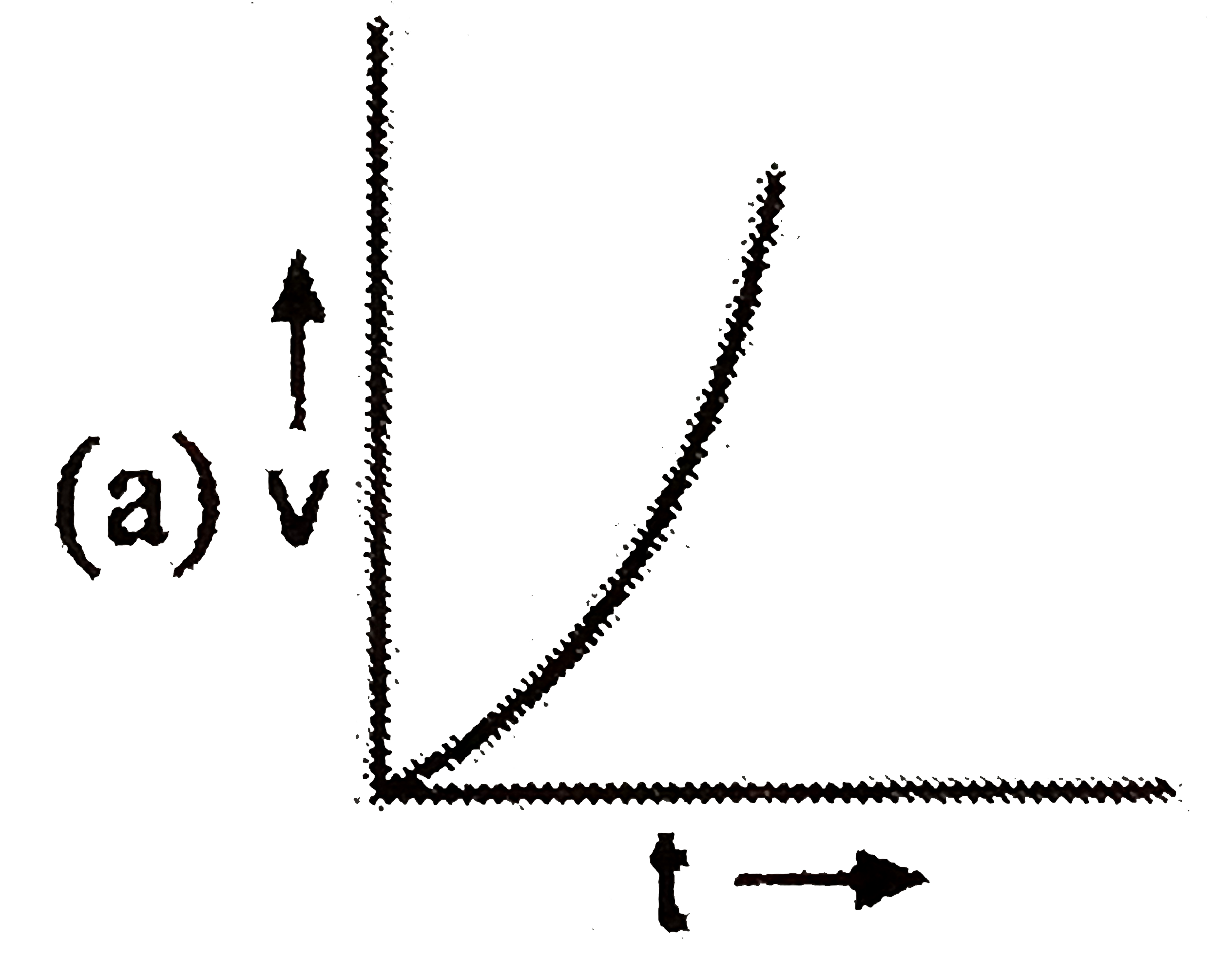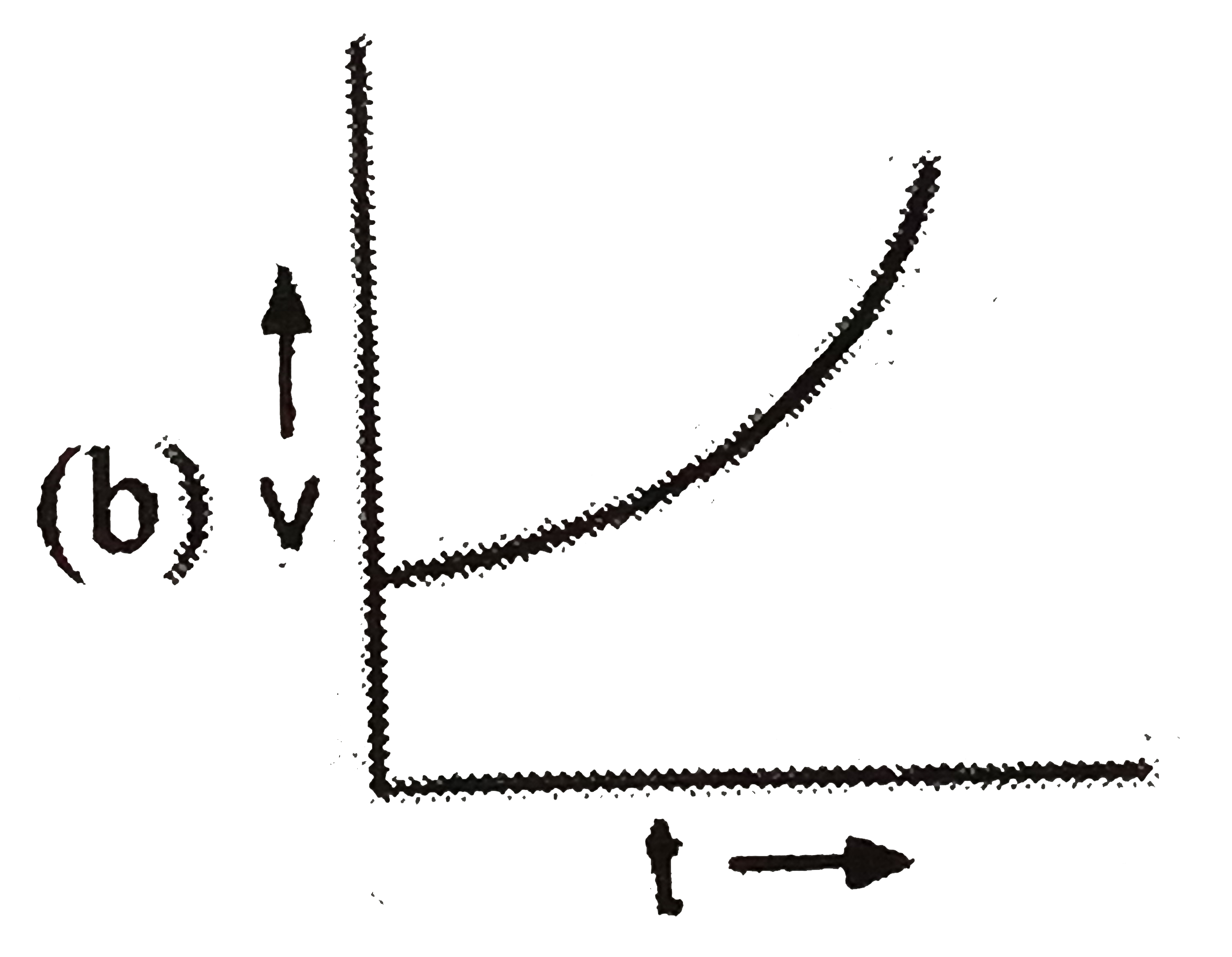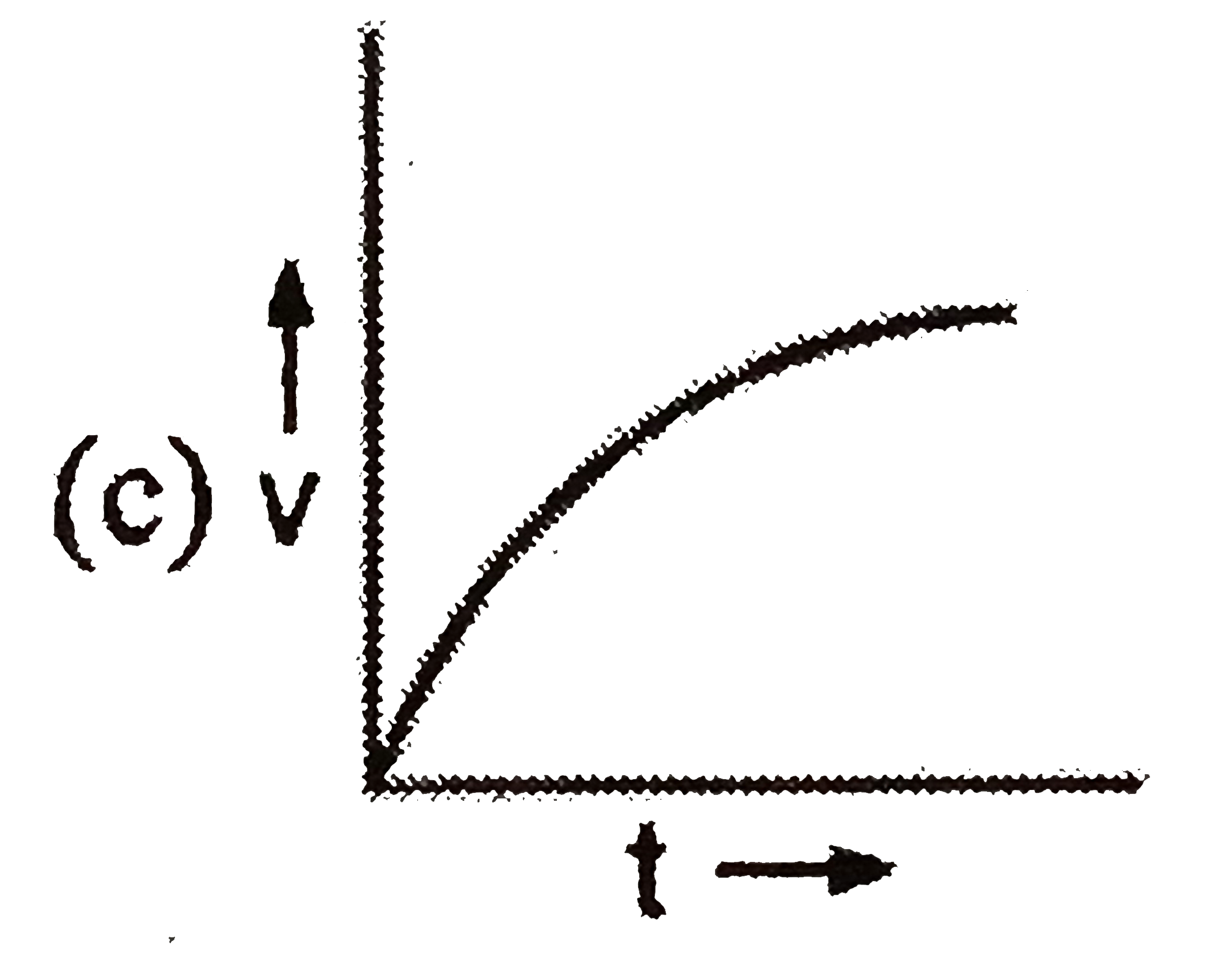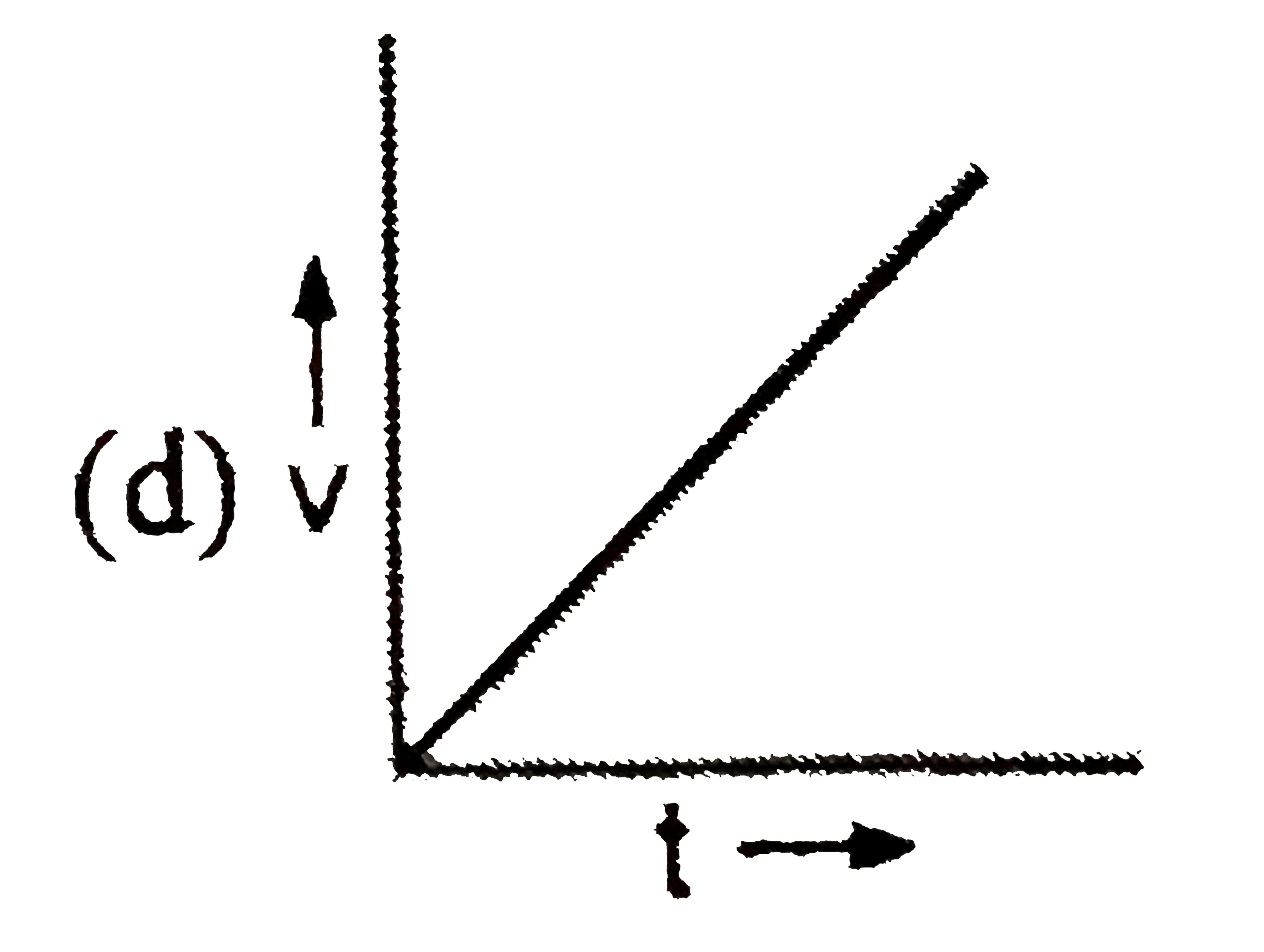If the law of motion in a straight line is s=12vt, then acceleration is
constant
proportional to t
proportional to v
proportional to s
The correct Answer is:A
Step by step video, text & image solution for If the law of motion in a straight line is s=(1)/(2)vt, then acceleration is by Maths experts to help you in doubts & scoring excellent marks in Class 12 exams.
Topper's Solved these Questions
Similar Questions
Knowledge Check
- Question 1 - Select One
The law of motion of a body moving along a straight line is x=12vt, x being its distance from a fixed point on the line at time t and v is its velocity there. Then
Aacceleration f varies directly with xBacceleration f varies inversely with xCacceleration f is constantDacceleration f varies directly with t - Question 2 - Select One
Which of the following represents the motion of a body moving in a straight line under constant acceleration ?
A B
B C
C D
D
- Question 3 - Select One or More
Identify the correct graph represeriting the motion of a particle along a straight line With constant acceleration with zero initial velocity.
A B
B C
C D
D
A partical is moving in a straight line under constant acceleration 4m/s2. The motion starts from rest. Sketch v-t and s-t graph for the duration t=0 to t=5s.
View SolutionThe distance travelled by a body moving along a straight line with uniform acceleration (a) in the nth second of its motion is given by Sn=u+a2(2n−1). This equation is
View SolutionThe initial velocity of a body moving along a straight lines is 7m/s. It has a uniform acceleration of 4m/s2 the distance covered by the body in the 5th second of its motion is-
View SolutionA particle is moving in a straight line under constant acceleration of 4m/s2. If its velocity at t=0 is 10 m//s, the displacement of particle in the 5th second of its motion is
View SolutionA particle, initially at rest, starts moving in a straight line with an acceleration a=6t+4m/s2. The distance covered by it in 3 s is
View Solution

